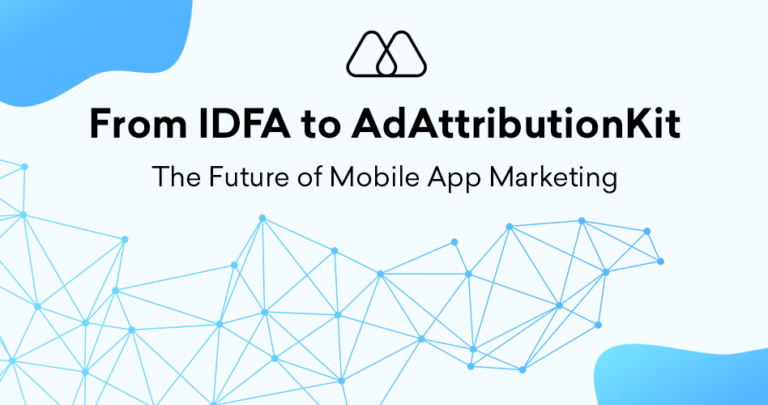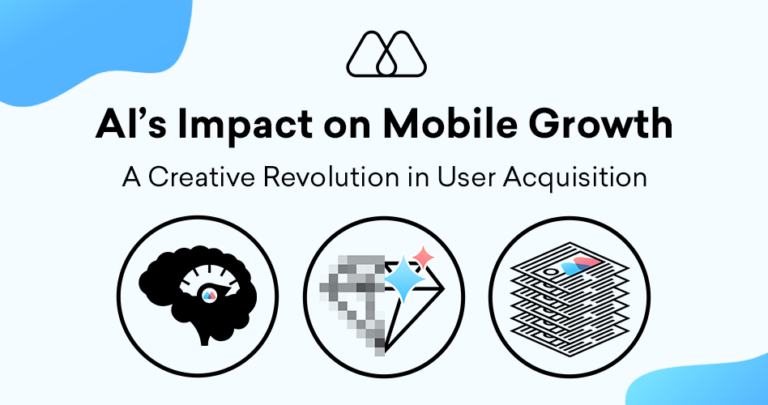Every investment needs to be meticulously evaluated in the competitive world of mobile app marketing. Profitability hinges on maximizing the return on every dollar spent on user acquisition, engagement, and advertising efforts. This is where Return on Investment (ROI) emerges as the ultimate metric, providing a clear picture of the financial health of your mobile app marketing strategy.
What is Return on Investment (ROI)?
Return on Investment (ROI) is a fundamental financial metric that measures the profitability of an investment. In the context of mobile app marketing, ROI calculates the net profit generated for every dollar invested in acquiring, engaging, and retaining users through various marketing channels. Here’s the basic formula:
ROI = (Return on Investment) = (Gain from Investment – Cost of Investment) / Cost of Investment x 100%
Why is ROI Critical for Mobile App Marketers?
Return on Investment (ROI) plays a pivotal role in mobile app marketing for several reasons:
- Measures Overall Success: It provides a comprehensive picture of your app’s financial performance, encompassing user acquisition costs, revenue generation, and overall profitability.
- Informs Strategic Decision-Making: By analyzing ROI, you can identify the most effective marketing channels, optimize campaign strategies, and allocate resources efficiently for maximum return.
- Investor & Stakeholder Communication: ROI data provides a clear and quantifiable metric to communicate the success of your mobile app marketing efforts to investors, stakeholders, and your board.
- Benchmarking & Competitive Analysis: By comparing your ROI against industry benchmarks or competitor data, you can identify areas for improvement and stay ahead of the curve.
Calculating ROI for Mobile Apps
Calculating ROI for mobile apps can involve different factors depending on your app’s monetization model:
- In-App Purchases (IAP): Here, revenue is directly generated from user purchases within the app. For ROI calculation, consider the total revenue generated from IAPs minus the cost of user acquisition and ongoing marketing efforts.
- Subscriptions: ROI should factor in the customer Lifetime Value (LTV) of acquired users for subscription-based apps. This considers the total user-generated revenue over their subscription period, not just the initial subscription cost.
- Freemium Model: For freemium apps, ROI might be calculated based on the revenue generated from in-app advertising or in-app purchases attributed to users acquired through marketing efforts. The user acquisition and ongoing marketing expenses are then subtracted to arrive at ROI.
Maximizing ROI in Mobile App Marketing
Several strategies can be implemented to enhance your mobile app’s ROI:
- Targeting Optimization: Precise targeting ensures your marketing efforts reach users with a high propensity to convert and generate revenue for your app.
- Creative A/B Testing: Continuously test different ad creatives and app store optimization elements to identify those that resonate best with your target audience and drive higher conversions.
- Lifetime Value (LTV) Focus: Focus on strategies like user engagement and retention to increase the lifetime value of acquired users, ultimately boosting overall ROI.
- Attribution Modeling: Choose the appropriate attribution model to accurately track which touchpoints contribute most to conversions and calculate ROI effectively.
5 Key Takeaways from ROI
- Ultimate Profitability Metric: ROI is the ultimate metric for evaluating the financial health of your mobile app marketing strategy.
- Comprehensive Performance View: This provides a holistic picture of revenue generation, user acquisition costs, and overall profitability.
- Strategic Decision-Making: ROI data informs resource allocation, campaign optimization, and overall marketing strategy.
- Investor & Stakeholder Communication: ROI data is crucial for communicating success to investors and stakeholders.
- Maximizing Returns: Implement strategies like; targeting optimization, creative testing, LTV focus, and cost control to maximize ROI.
A laser focus on ROI is essential in today’s data-driven mobile app marketing landscape. ROI empowers you to measure your success objectively, optimize strategies for maximum return, and ultimately achieve sustainable growth for your mobile app. By prioritizing ROI and implementing these outlined strategies, you can ensure your mobile app marketing efforts translate into a thriving and profitable business.




